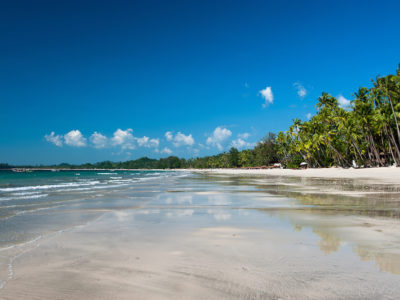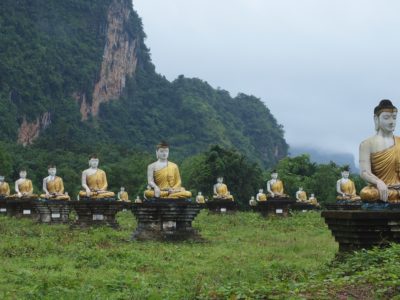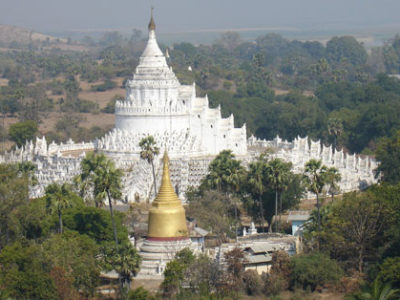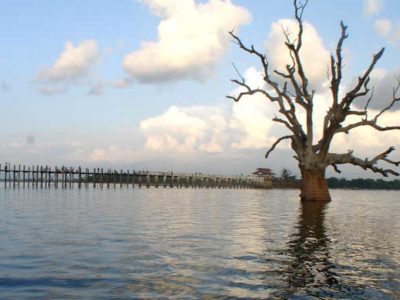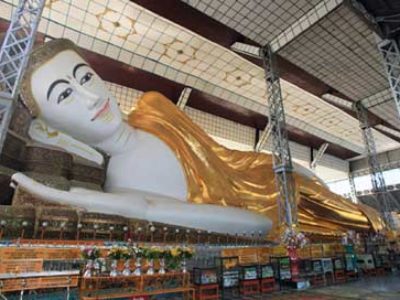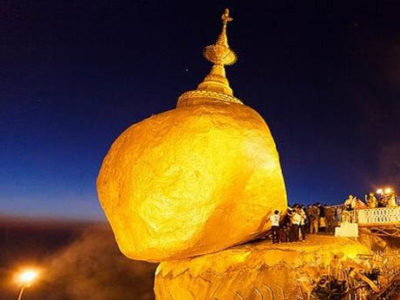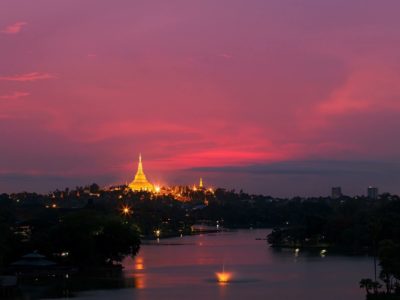Ngapali Beach
Comment are off
Rumour has it the name came from a home sick Italian from Naples, but Ngapali beach is a far cry from any Italian city. It has become the go to destination for travelers craving sun, sea and sand in Myanmar, with some saying it is the most beautiful beach in the whole country. Situated in the Rakkine state, it still retains some of its regional culture and fishing village roots, with small boats out on the seas day and night bringing in fresh seafood to supply the many beach side restaurants here. Silken white sands, clear blue waters and some unbeaten seafood options, make this place a little strip of heaven. With the sand ways on the beach being smoother than the infamously bumpy roads of the area, many locals prefer to use the beach front to pull their ox and cart, making... Continue Reading






